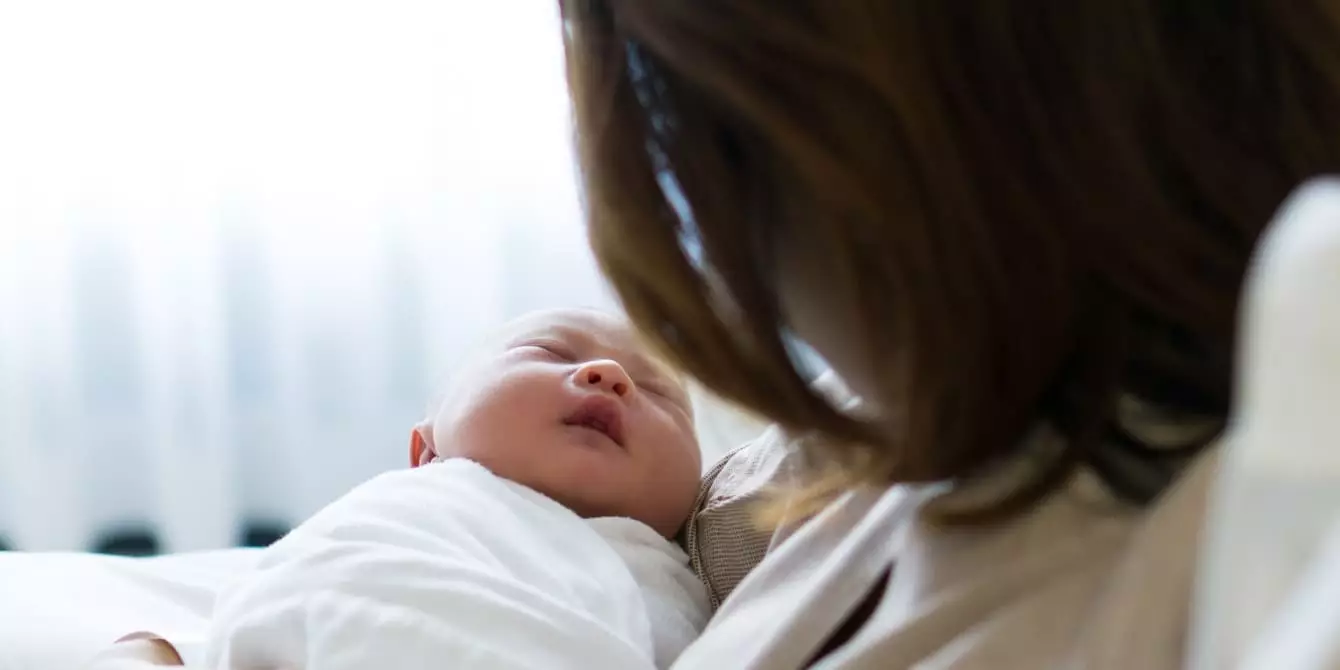Motherhood can be a beautiful yet daunting journey, filled with moments of joy and uncertainty. My personal encounter with motherhood began when I was quite young, and it was a rollercoaster ride of emotions I was not fully prepared for. A surge of excitement filled me as I anticipated cradling my newborn for the first time. However, complications arose during my pregnancy, ranging from preeclampsia to underlying health issues. What transformed my experience into a meaningful narrative was the life-altering diagnosis of my child — congenital cataracts.
The moment I learned about my son’s congenital condition, I was temporarily engulfed in a fog of confusion and concern. It compelled me to dive deep into understanding what it truly meant to be a mother, particularly a mother of a child with special health needs. The emotional toll weighed heavily on me; embarking on medical consultations, navigating eye surgeries, and comprehending various treatment plans became my new normal.
Congenital cataracts are characterized by cloudy lenses in the eye present at birth or developing within the first year of life. This condition is fairly rare; statistics suggest its occurrence in 1 to 3 out of every 10,000 children. In my case, the early detection by our pediatrician made all the difference. Immediately after my son’s birth, a cloudy spot in his eye prompted further evaluations by specialists. Thankfully, because the diagnosis came early, we could initiate prompt treatment.
It is crucial for all new parents and caregivers to be proactive about eye health. A simple, yet thorough, examination of a newborn’s eyes can be a lifesaver. Although the knowledge of congenital cataracts lived in the shadows of my mind before this experience, I learned the importance of diligent screening and intervention.
The treatment process for congenital cataracts typically begins with surgical intervention to remove the opaque lens. This was our next step, which involved not just surgery but also ongoing care and adjustments post-operation. My son was prescribed a contact lens which offered a temporary solution, but soon introduced new challenges in our daily lives.
Monitoring the tendency for his brain to favor his naturally healthy eye became vital, leading to the use of eye patches to encourage vision development in the affected eye. This became a real struggle, often leading to emotional turmoil. Each time my son protested against wearing his patch, I grappled with the battle of wanting to prioritize his comfort against the need for treatment. I was reminded that understanding, patience, and kindness were paramount in nurturing our unique circumstances.
As the months turned into years, I watched with relief and pride as my son began to adapt. At six years old, he showcases remarkable intelligence and affability, radiating positivity that often outshines the challenges he faces. The journey of supporting him through eye patches and regular procedures has transformed into a narrative of resilience, overshadowed by milestones of personal growth and achievement.
While he still navigates areas without depth perception and occasionally stumbles in play, I emphasize encouraging him to engage in activities like swimming and martial arts. These experiences have instilled not only physical strength but also an essential sense of confidence. Open dialogues with coaches and other parents foster understanding and awareness amongst children, ensuring that my son can play in environments that prioritize both fun and safety.
It’s essential to remember that, as parents, we can utilize our voices to explain conditions like congenital cataracts when needed. Teaching my son to express his condition has allowed him to understand that his value transcends any diagnosis. When questions arise, he openly shares his experience and states that the eye patch simply aids in strengthening his eye.
By normalizing this dialogue, I empower my son and encourage his peers to appreciate his uniqueness, transforming the narrative from one of limitation to celebration. Imaginative play scenarios, such as being a “pirate” with an eye patch, help him embrace his circumstances in a fun, relatable way, further strengthening his self-esteem.
Every step of our journey has enriched my understanding of motherhood, igniting a passion to advocate for my child. As I reflect on the rough patches, it is crucial for me to highlight that we celebrate our triumphs — both big and small. Recognizing and nurturing strengths empowers children to blossom into their best selves. My experiences serve not just as a reminder of the challenges ahead, but equally of the joy and pride that come from nurturing a beautiful spirit like that of my son.
Motherhood is indeed a journey of its own, an original and evolving canvas where love, courage, and resilience converge in unexpected ways. As part of an expansive community of mothers, sharing stories builds bridges of support to navigate through the myriad of different experiences we encounter together.

